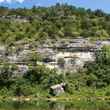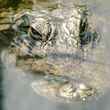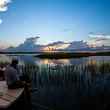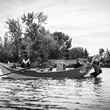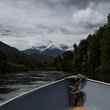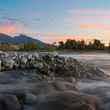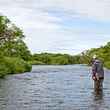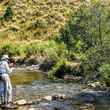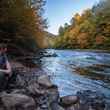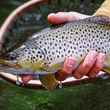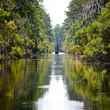Twenty years ago, I was a fly fishing guide on the Henry’s Fork, which, as most of you know, is one of the world’s most famous trout streams. Anglers from all over the globe visited Last Chance, Idaho in the hope of catching a few of those spectacular Henry’s Fork rainbows, and a fair number of those anglers hired guides to increase their odds of success..
Back in 1992, a fellow by the name of Motorcycle Mike was a fixture in Last Chance. If you believed his stories, Mike had at various times been a heart surgeon, a tarpon guide in the Florida Keys, and a colonel in the military. Regardless, Mike spent the spring and summer of ‘92 sweeping the floor in the A-Bar and doing odd jobs for local businesses and homeowners. During our occasional conversations it became painfully clear that Mike knew almost nothing about trout fishing on the Henry’s Fork.
Now none of this would have mattered if Mike didn’t make a habit of riding his little motorcycle to the river, finding a prominent position on the bank, and dispensing his angling wisdom to every drift boat that floated past.



